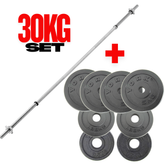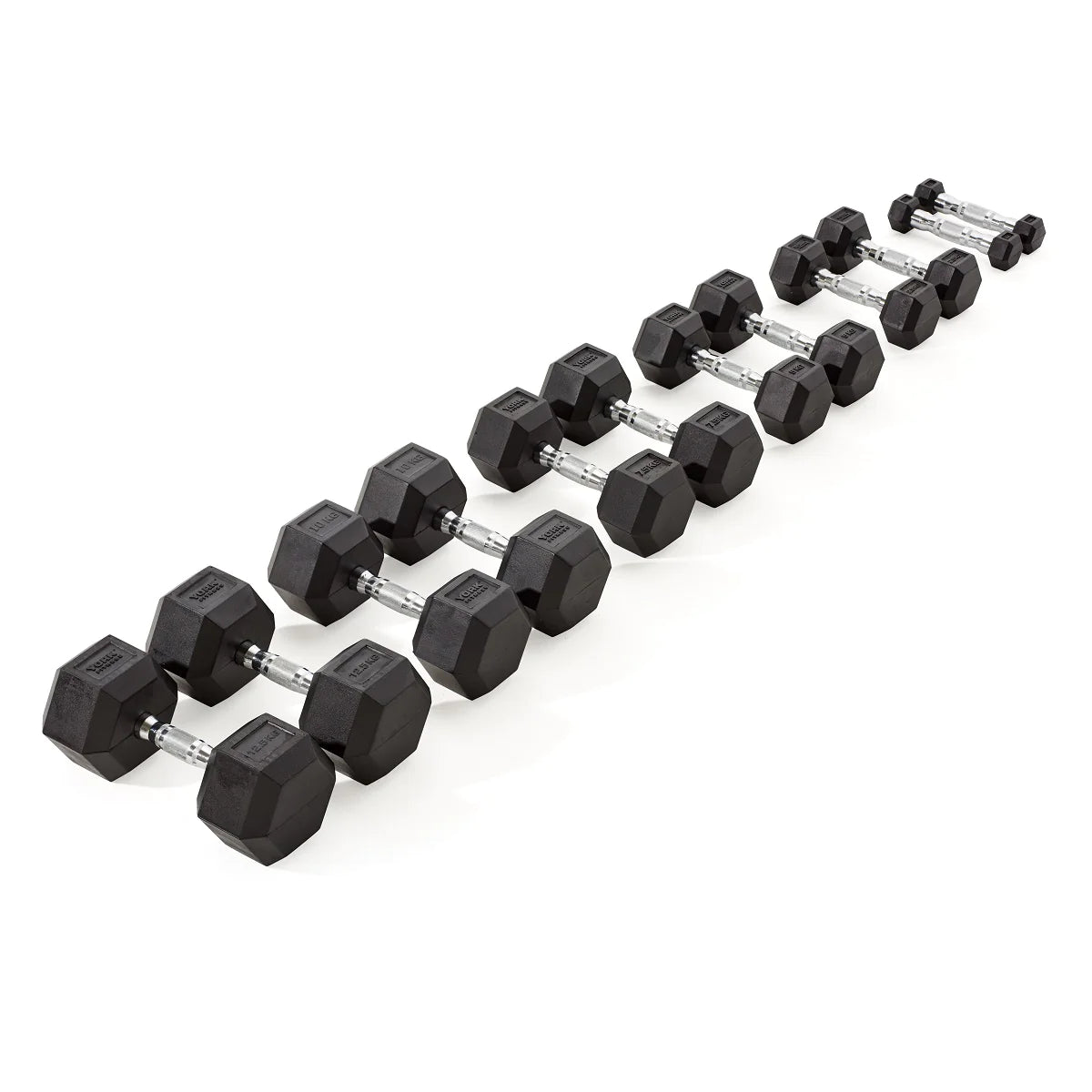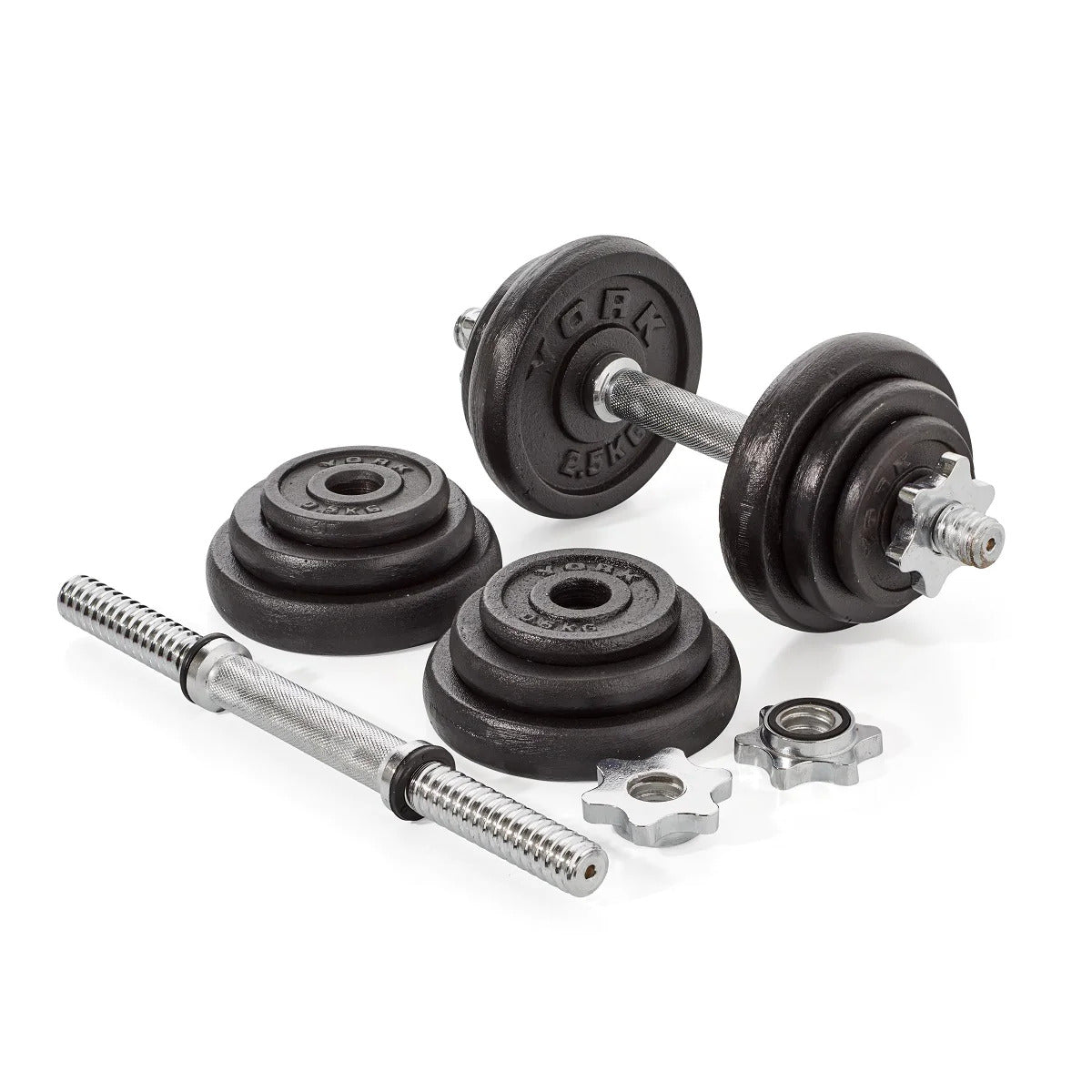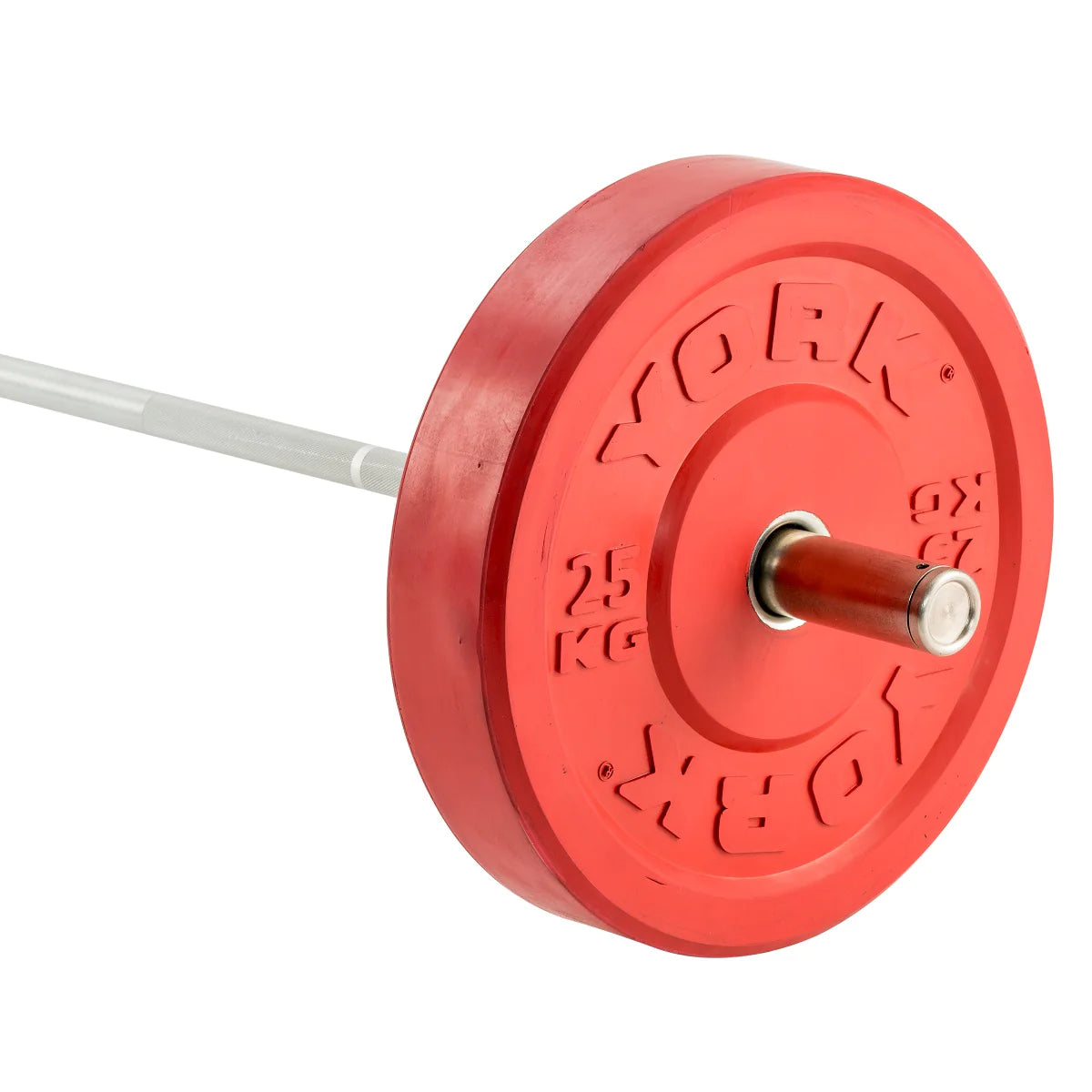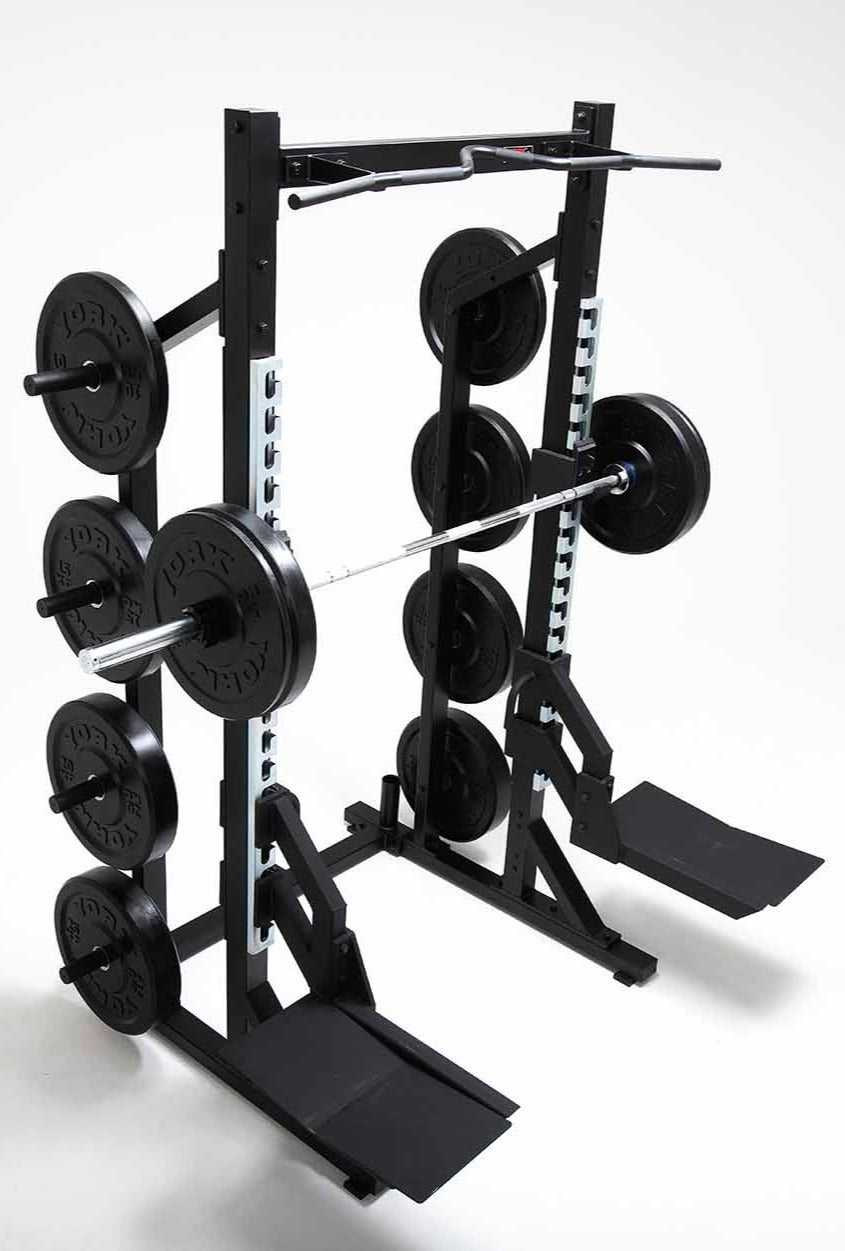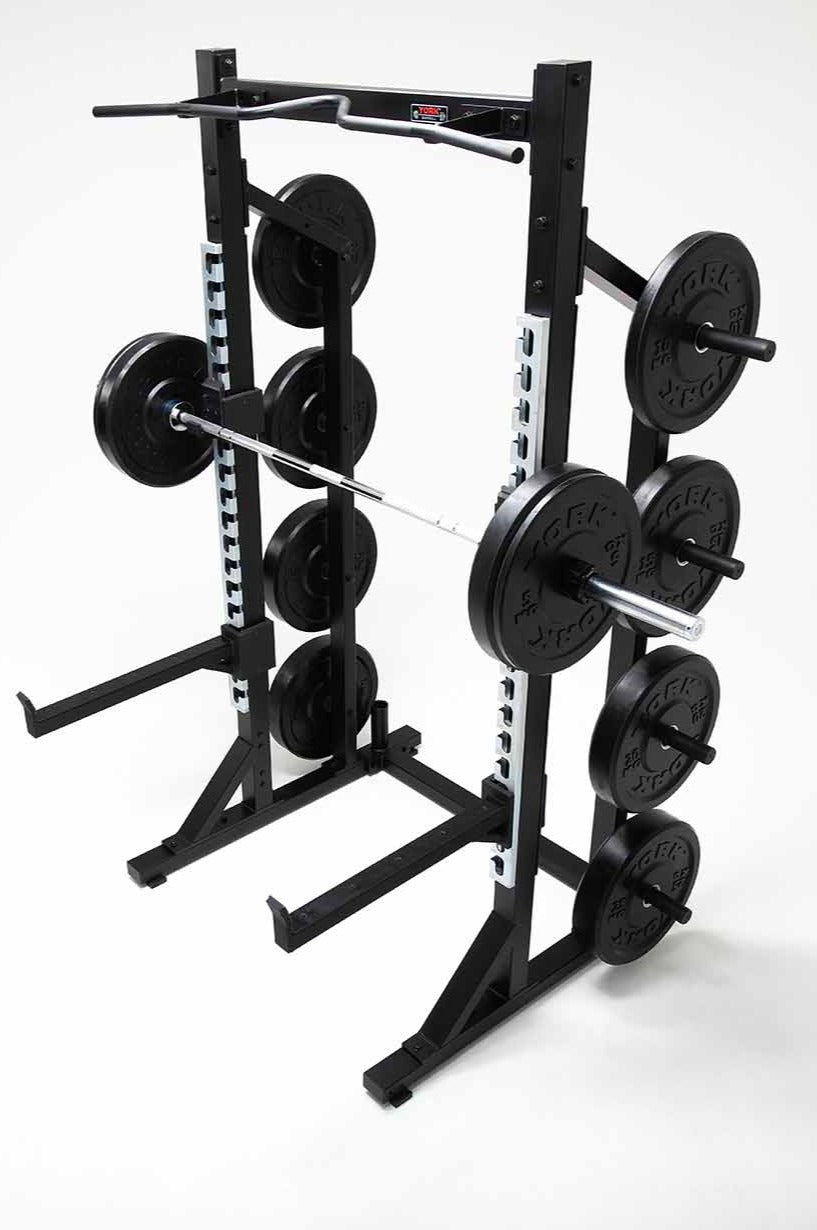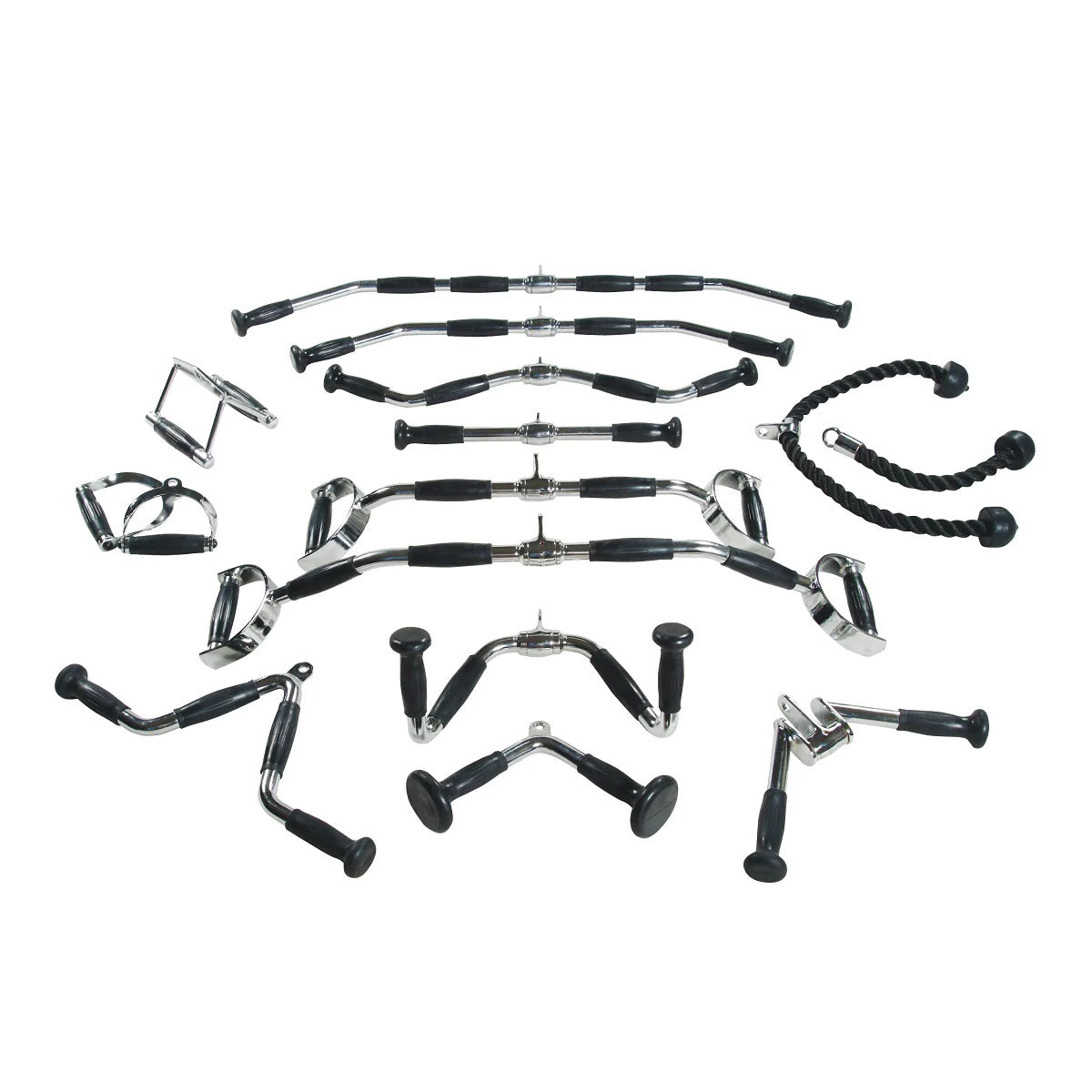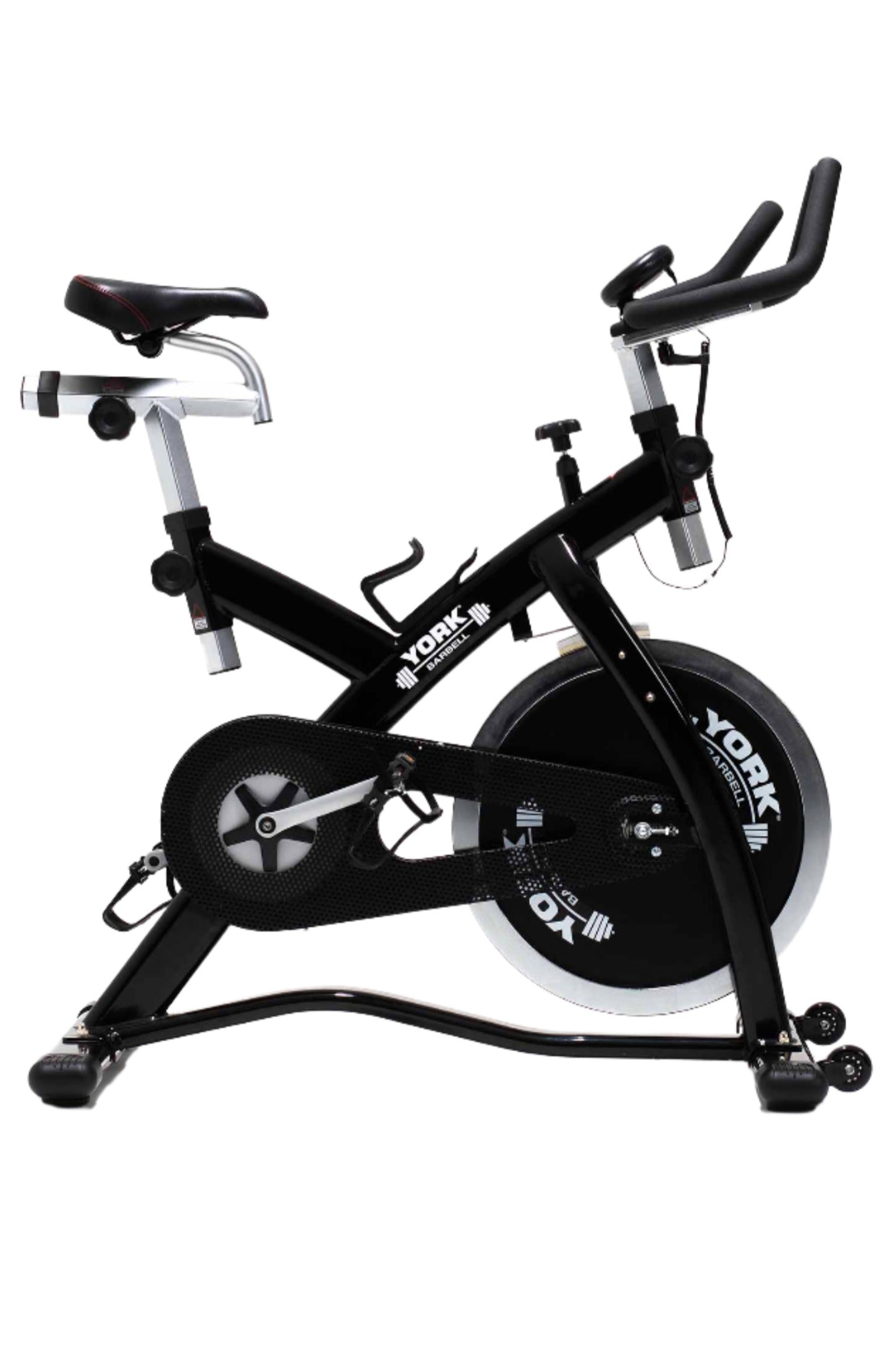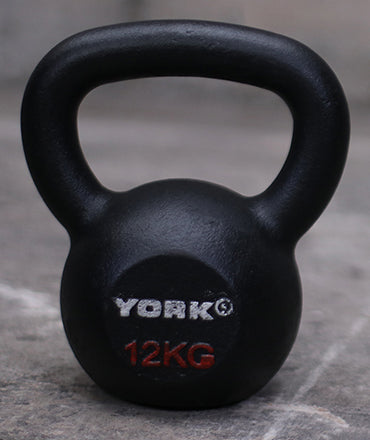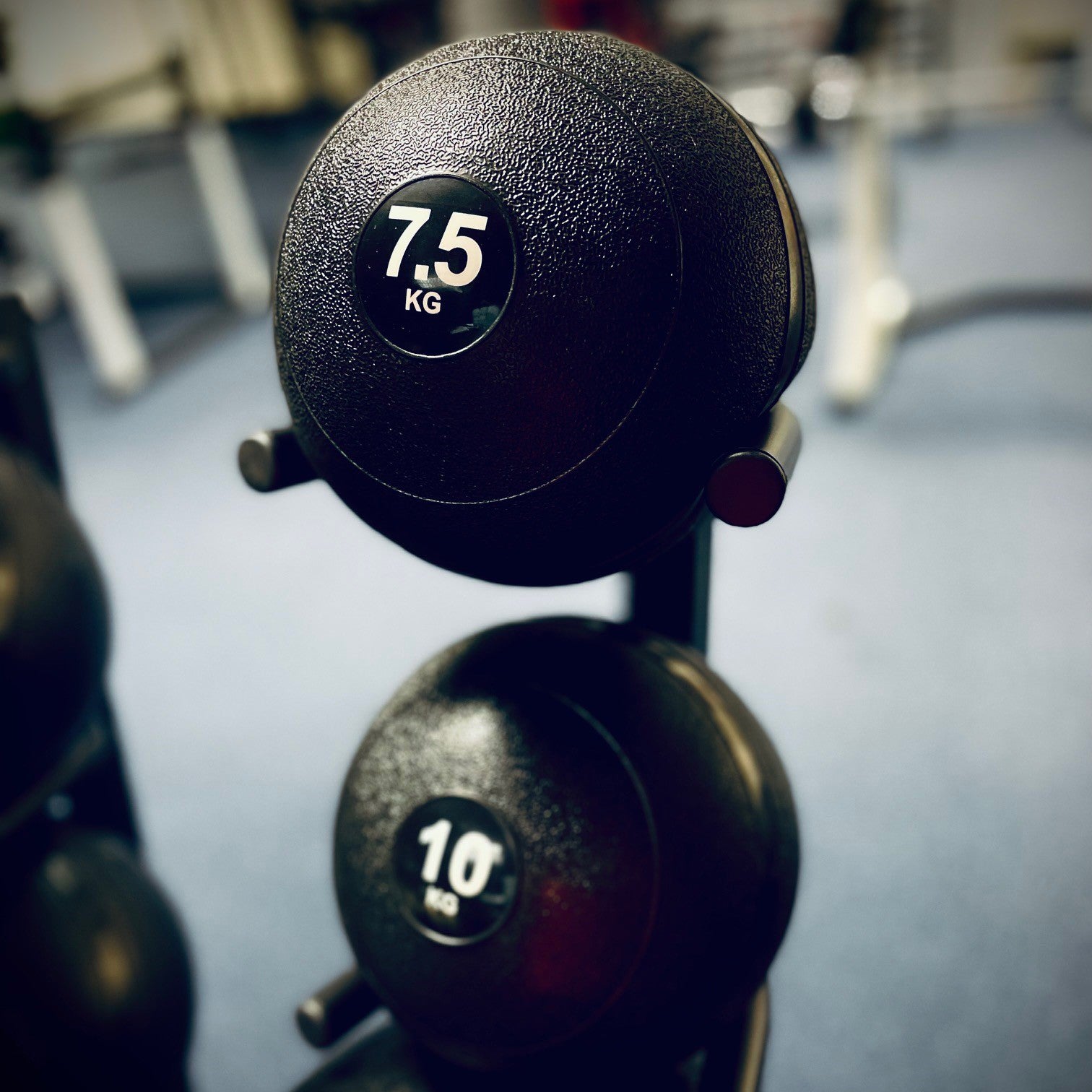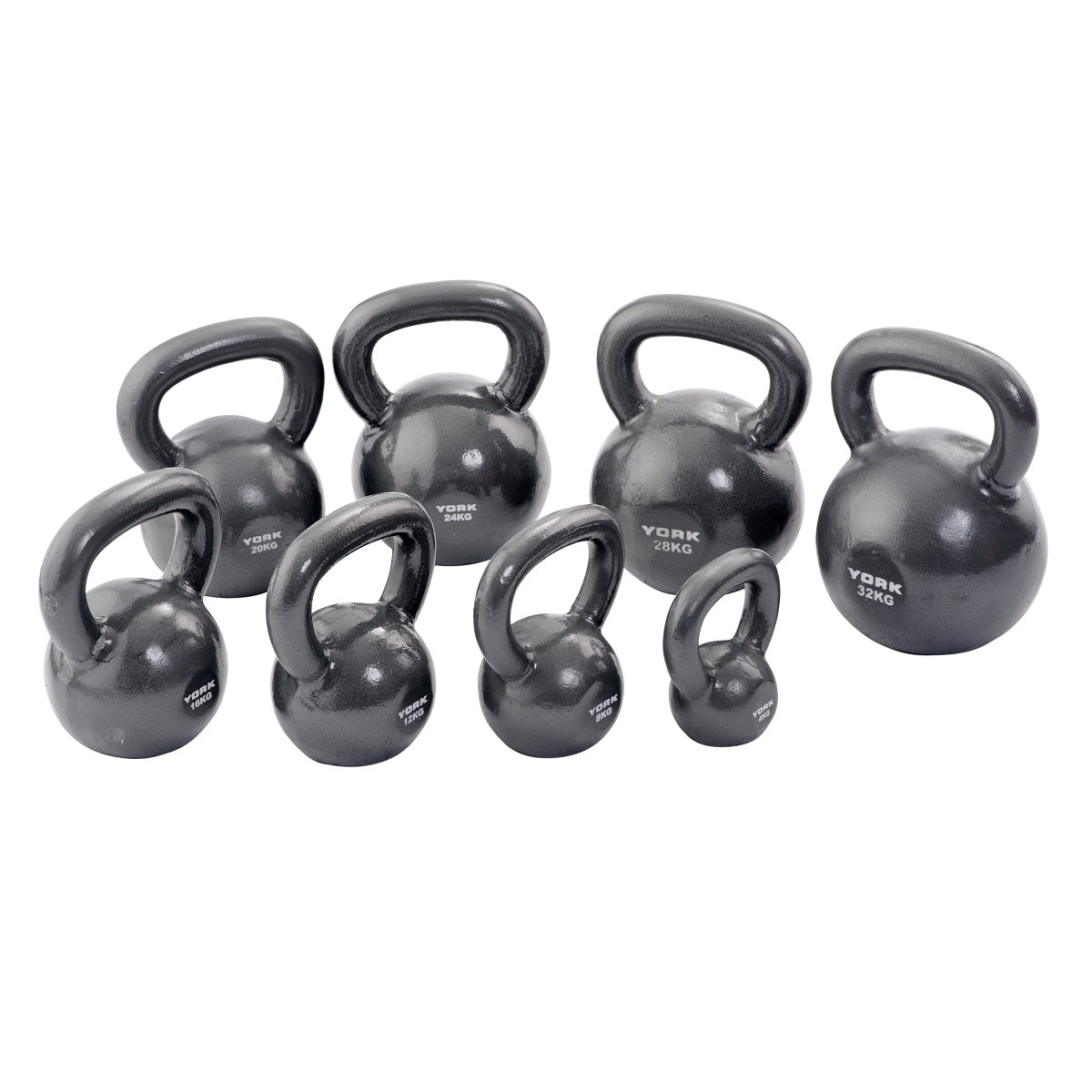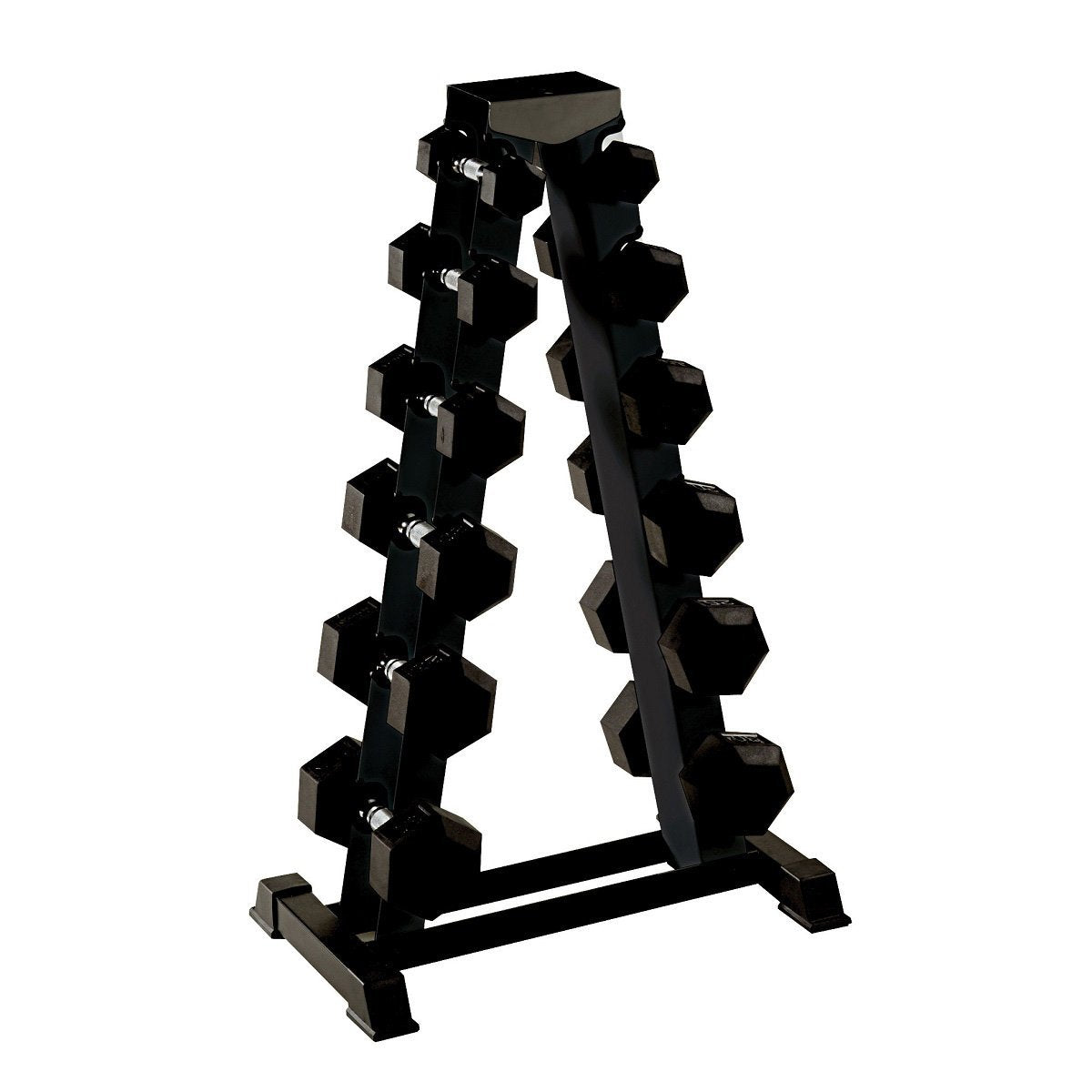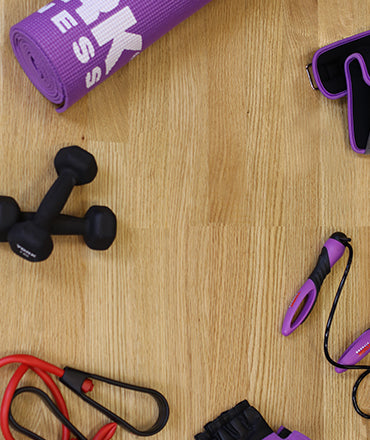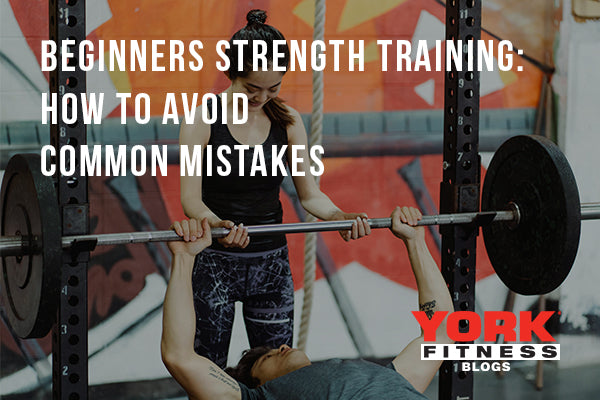Embarking on a strength training journey can be both exciting and daunting for beginners. The benefits are clear: improved muscle strength, better overall health, and enhanced mental well-being. However, it's essential to start correctly to maximise gains and avoid injuries. This guide will take you through the basics, offering step-by-step instructions, common mistakes to avoid, and tips to stay motivated.
Step-by-Step Guide to Strength Training for Beginners
1. Set Clear Goals
Before diving into strength training, set clear, realistic goals. Are you looking to build muscle, lose weight, or improve overall fitness? Having specific objectives will help tailor your workout plan and keep you motivated. Write down your goals and revisit them regularly to track your progress.
2. Learn the Basics
Understanding the fundamental principles of strength training is crucial. Focus on compound exercises that target multiple muscle groups. Here are some key exercises to get you started:
- Squats: Target your quads, hamstrings, glutes, and lower back.
- Deadlifts: Engage your entire posterior chain, including lower back, glutes, and hamstrings.
- Bench Press: Work your chest, shoulders, and triceps.
- Rows: Strengthen your upper back and biceps.
- Overhead Press: Focus on your shoulders and triceps.
3. Prioritise Proper Form
Proper form is critical to prevent injuries and maximise effectiveness. Here are some tips:
- Squats: Keep your feet shoulder-width apart, back straight, and lower until your thighs are parallel to the ground.
- Deadlifts: Maintain a straight back, hinge at the hips, and lift with your legs, not your back.
- Bench Press: Keep your feet flat on the ground, back slightly arched, and lower the bar to your chest.
- Rows: Bend at the hips, keep your back straight, and pull the weight towards your abdomen.
- Overhead Press: Stand tall, brace your core, and press the weight directly overhead.
4. Start with Bodyweight Exercises
If you're new to strength training, begin with bodyweight exercises. This will help you master proper form and build a solid foundation before adding weights. Push-ups, bodyweight squats, and planks are excellent starting points. Bodyweight exercises are also great for building functional strength, which is useful in everyday activities.
5. Gradually Increase Weight
Once you're comfortable with bodyweight exercises, start incorporating free weights like dumbbells and barbells. Begin with light weights and focus on perfecting your form. Gradually increase the weight as you become stronger and more confident. Aim to add a small amount of weight each week, paying close attention to how your body feels and adjusting accordingly.
6. Follow a Structured Programme
A structured programme ensures balanced muscle development and prevents overtraining. Here’s a simple beginner’s routine:
Day 1: Upper Body
- Bench Press: 3 sets of 8-10 reps
- Bent-Over Rows: 3 sets of 8-10 reps
- Overhead Press: 3 sets of 8-10 reps
- Bicep Curls: 2 sets of 12-15 reps
- Tricep Dips: 2 sets of 12-15 reps
Day 2: Lower Body
- Squats: 3 sets of 8-10 reps
- Deadlifts: 3 sets of 8-10 reps
- Lunges: 3 sets of 10 reps per leg
- Calf Raises: 2 sets of 15-20 reps
Day 3: Rest or Active Recovery
Repeat this cycle, ensuring at least one day of rest between sessions. Active recovery days can include light activities like walking, stretching, or yoga.
Common Mistakes to Avoid
1. Skipping Warm-Ups and Cool-Downs
Always warm up before starting your workout to prepare your muscles and reduce injury risk. Dynamic stretches and light cardio are effective warm-ups. Post-workout, cool down with static stretching to aid recovery. A proper warm-up increases blood flow to your muscles and improves flexibility, while cooling down helps to gradually lower your heart rate and reduce muscle soreness.
2. Lifting Too Heavy, Too Soon
It’s tempting to lift heavy weights right away, but this can lead to poor form and injuries. Start with lighter weights and gradually increase as your strength improves. It’s better to progress slowly and steadily than to risk setbacks from injuries. Pay attention to your body's signals and avoid pushing through pain.
3. Neglecting Rest and Recovery
Muscles need time to recover and grow stronger. Overtraining can lead to burnout and injuries. Ensure you have rest days and get enough sleep. Aim for at least 7-8 hours of sleep per night, as this is when your body repairs and builds muscle tissue. Additionally, consider incorporating active recovery methods like foam rolling and gentle yoga to keep your muscles supple and reduce tension.
4. Ignoring Nutrition
Proper nutrition fuels your workouts and aids recovery. Consume a balanced diet rich in protein, healthy fats, and carbohydrates. Stay hydrated, and consider consulting a nutritionist for personalised advice. Protein is particularly important for muscle repair and growth, so include sources like lean meats, fish, eggs, beans, and legumes in your diet. Carbohydrates provide the energy needed for your workouts, while healthy fats support overall health and hormone balance.
5. Lack of Consistency
Consistency is key to seeing progress. Stick to your routine, track your workouts, and celebrate small milestones to stay motivated. Consistency builds discipline and helps establish a habit, making it easier to stick to your training programme in the long run. Even if you miss a workout, don't get discouraged—just get back on track as soon as possible.
Staying Motivated and Consistent
1. Set Realistic Goals
Break down your larger goals into smaller, achievable milestones. Celebrate each success to stay motivated. For example, if your goal is to deadlift a certain weight, set incremental targets and reward yourself when you reach them. This could be as simple as treating yourself to a healthy meal or a new piece of workout gear.
2. Find a Workout Buddy
Having a workout partner can make training more enjoyable and hold you accountable. A friend can offer encouragement, share tips, and provide a friendly competition that can push you to do your best. They can also help spot you during heavier lifts, ensuring safety.
3. Track Your Progress
Keep a workout journal or use a fitness app to log your exercises, weights, and reps. Seeing your progress over time is a great motivator. Regularly reviewing your achievements can boost your confidence and show you how far you've come. It also helps identify areas where you may need to adjust your routine for better results.
4. Mix It Up
Avoid boredom by varying your workouts. Try new exercises, change the order of your routine, or incorporate different equipment. This not only keeps your workouts interesting but also challenges your muscles in new ways, promoting balanced development and preventing plateaus.
5. Focus on the Benefits
Remember the benefits of strength training: improved strength, better posture, increased metabolism, and enhanced mood. These positive outcomes can keep you motivated on challenging days. Strength training also supports bone health, reduces the risk of chronic diseases, and can improve your quality of life as you age.
6. Seek Professional Guidance
Consider hiring a personal trainer, especially when starting. They can provide personalised advice, correct your form, and help you stay on track. A trainer can design a programme tailored to your goals, fitness level, and any specific needs or limitations you may have. They can also offer valuable support and encouragement, helping you overcome any challenges you encounter.
Additional Tips for Success
1. Invest in Good Equipment
Quality equipment can make a significant difference in your training. Invest in a good pair of weightlifting shoes, which provide stability and support. A pair of comfortable, breathable workout clothes can also enhance your training experience.
2. Stay Educated
The fitness world is constantly evolving, with new research and techniques emerging regularly. Stay informed by reading articles, watching instructional videos, and attending workshops. Knowledge is power, and understanding the principles of strength training will help you make informed decisions about your workouts.
3. Listen to Your Body
Pay attention to how your body feels during and after workouts. If you experience persistent pain or discomfort, it might be a sign that something is wrong. Don’t hesitate to seek advice from a healthcare professional or a certified trainer. It's important to differentiate between the normal discomfort of a challenging workout and pain that indicates injury.
4. Embrace the Journey
Strength training is a marathon, not a sprint. Progress may be slow at times, but every small improvement is a step towards your goal. Embrace the journey and enjoy the process of becoming stronger and healthier.
5. Stay Positive
Maintaining a positive mindset can significantly impact your training experience. Celebrate your progress, no matter how small, and stay focused on your goals. Surround yourself with supportive people who encourage your fitness journey.
Strength training is a rewarding journey that enhances both physical and mental health. By following this guide, avoiding common pitfalls, and staying motivated, you'll set yourself up for long-term success. Remember, everyone starts somewhere, and with dedication and perseverance, you can achieve your fitness goals. Happy lifting!


